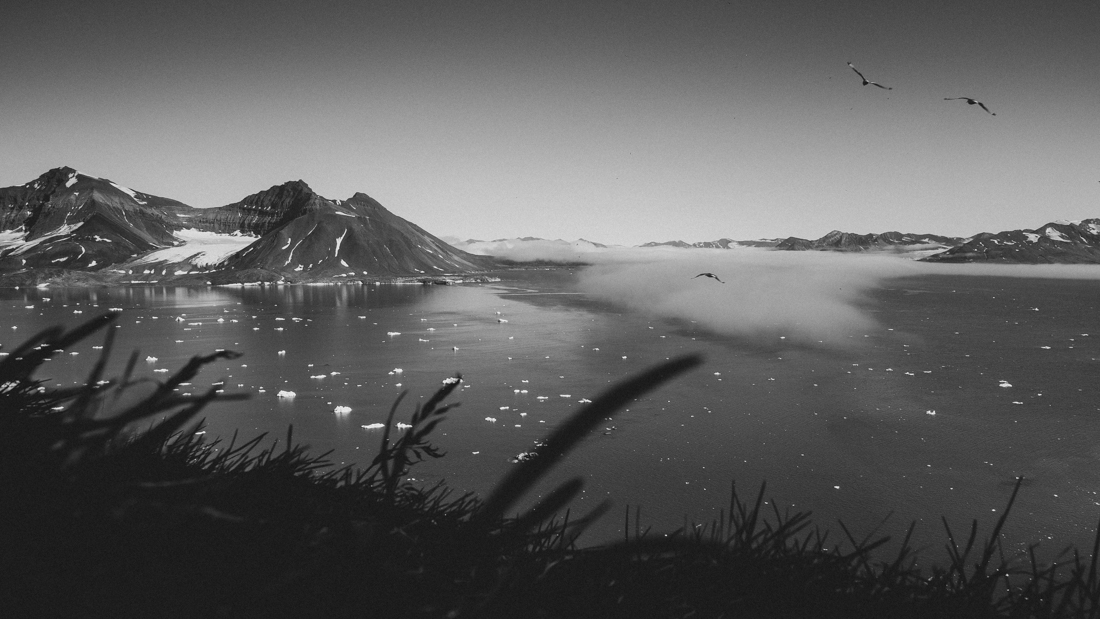TITLE: Last bastion of wildlife
It is the second time I have the opportunity to work on Spitsbergen and every day I am deeper immersed in environmental problems. Decades ago, it was normal that more than 200 polar bears were passing by our research station during a year. Now this number oscillates around 50 or less. Those arctic predators migrated more north due to their hunting habits - they need sea ice to chase the victims. In the area where they could live during a whole year some time ago, there is often no sign of ice right now. Sight of bear hunting for reindeer, what is extremely unusual, enriched with narrations of older polar scientists makes me feel that global changes happen now, not in the future, but clearly during our lifetime.
It seems to be really sad living here and waiting for the upcoming global catastrophe, but there are also reasons to cheer. The very short period of Arctic summer is a wonderful time when new life appears on the tundra. In the period between June and September, the birds living or arriving here have a breeding season. The whole neighbourhood starts to be noisy and full of newborn birds and reindeers. It is one of a few places left on our Globe that animals can live its own life without being scared of human. Seals, arctic foxes or reindeer see people for the first time in their lives and are amazed by the new creature in their area. As an example, a few reindeers were so curious about my person that almost put their noses into my lens. And last but not least, Aurora Borealis, when this phenomena covers the night sky, I became to be fulfilled of happiness and reflection. Thoughts about fighting for animals' rights with camera arise even stronger.
AUTHOR: Wojciech Flak (Poland)
SHARE
Support this photographer - share this work on Facebook.

